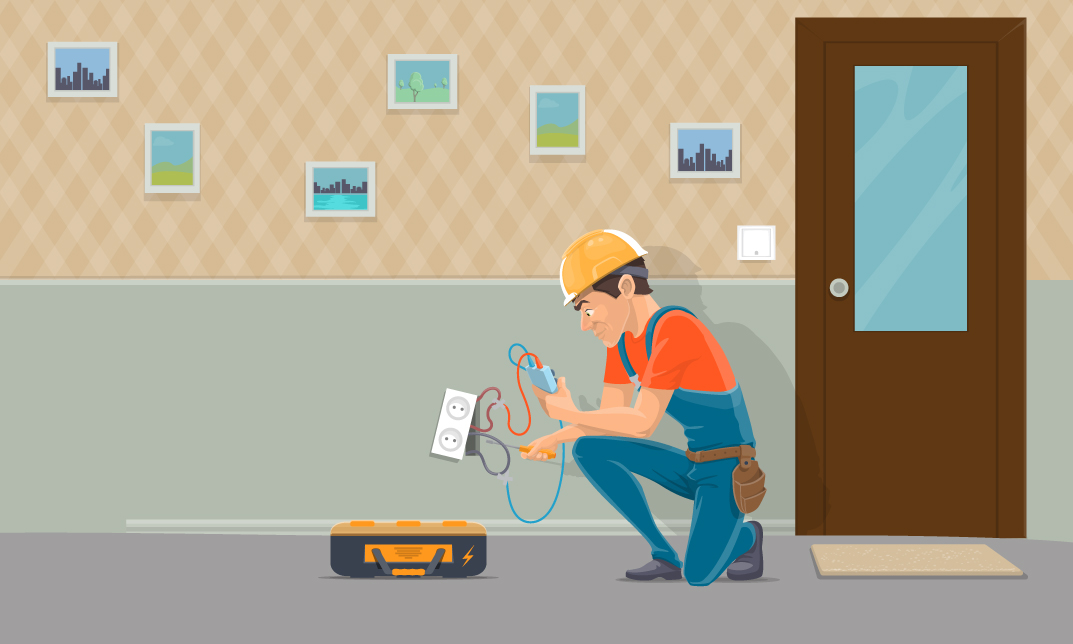
PAT testing stands for Portable Appliance Testing. As the name suggests, it means inspecting and examining electrical appliances to ensure they are safe for daily use. With PAT testing, you are confident that your electrical equipment is secure, and in many places, it is necessary, especially at workplaces, to prevent accidents. There should be a routine for PAT testing with concise documentation of records.
With PAT testing, you ensure electrical appliance safety across different industries. Due to the standardized check nature, most people consider these tests a legal obligation. However, things are other than expected. If you wish to conduct these tests, it is best to avoid doing it yourself and get professional help, as they are highly trained and skilled in their trades. They follow appropriate safety procedures to ensure the highest safety on the job and quickly identify all threats. Get in touch with an expert for the proper position.
Portable Appliance Testing rules are affected by a range of various legislation pieces. It means that the responsible ones are encouraged to PAT testing, but there is no legal obligation. The following information in the article presents various essential regulations for tests with the legislation for helping you know the legal PAT testing needs.
Is PAT Testing A Legal Need?
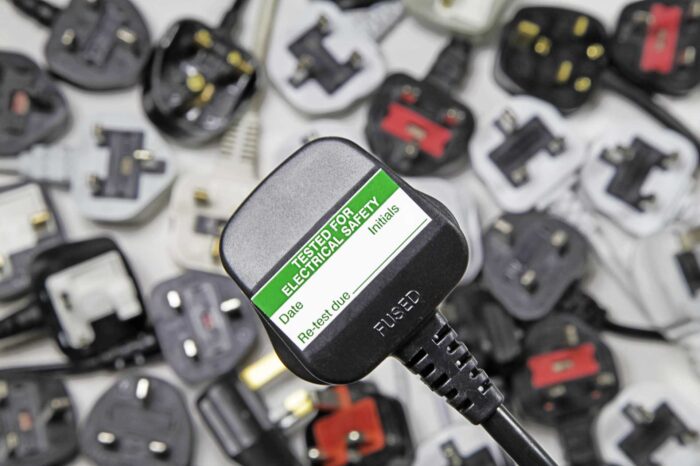
While many people are confused here, PAT testing is not a legal necessity. But it is compulsory for employers under the law to ensure that they’ve got all their electrical and electronic equipment in the best working condition and won’t pose risks to the people using it.
To fulfill this need, PAT testing is the standard approach. Landlords must also ensure that the appliances they provide to their tenants can be used safely, which you can also check through Portable Appliance Testing checks.
PAT Testing Legal Requirements
No law directly states that it is necessary to include PAT tests in your responsibilities while owning a workplace. However, it’s in the best interest of you and your workers to ensure that you’ve done the procedure. It indirectly helps in complying with various regulations that specify certain safety standards.
Such obligations include the Provision and Use of Work Equipment Regulations 1998, Electricity and Work Regulations 1989, Management of Health and Safety at Work Regulations 1999, and the Health and Safety at Work Act 1974. Complying with such laws ensures that managers and subordinates follow a vast range of safety processes in the workplace. These laws have direct or indirect sections that outline electrical appliance maintenance to ensure employee safety.
Electricity At Work Regulations (1989)
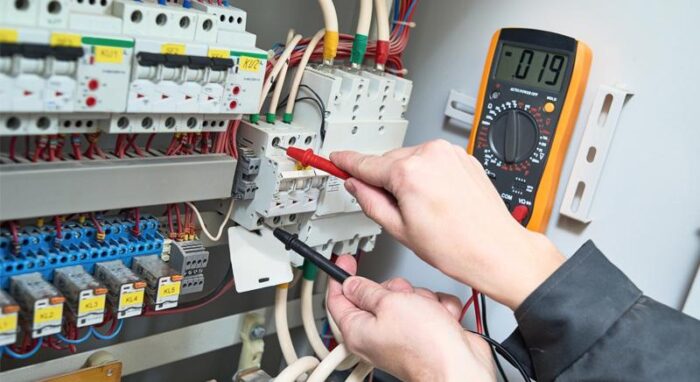
The legislation also applies to electricity usage in the workplace and assigns responsibilities to employers and employees using electrical appliances. The Electricity and Work Regulations elements affecting PAT testing is guidance that proper inspections and maintenance should be there for electrical systems to avert any danger which can also involve carrying PAT testing.
Health And Safety at Work Act (1974)
The law states that it is a legal necessity for employers to ensure the safety of the employees’ work area. The process involves ensuring that the appliances and equipment in the workplace aren’t hazardous for the employees that guidance for PAT tests checks.
This act is considered a key aspect of health and safety legislation, making it legal.
Provision And Use Of Work Equipment Regulations (1998)
People often refer to this regulation as ‘PUWER’ and ensure that they meet this legal necessity. It also involves electrical appliances being safe for use, which a PAT test helps to provide.
Management Of Health and Safety At Work Regulations (1999)
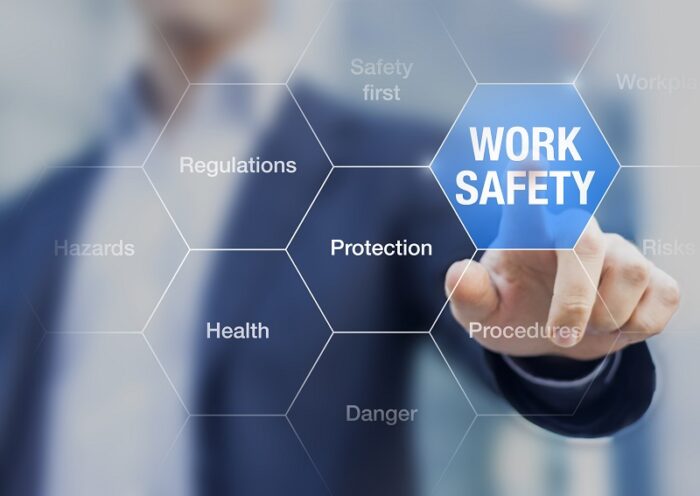
The legislation also outlines steps that employers must take to manage the health and safety of the employees while they’re at work, building on what has been outlined in the Health and Safety at Work Act (1974). It is enforced mainly after encouraging employers to carry out risk assessments which can also involve PAT tests for controlling the prospective hazard.
The best ways of addressing these regulations are after scheduling Portable Appliance Testing to ensure that you’ve met safety standards and can offer evidence to test when an accident arises. Checking the electrical equipment with the PAT test is the simplest way to discover the prospective electric defects at the earliest. It is necessary as later they can change to a future hazard for the business.
What PAT Tests Should You Do?
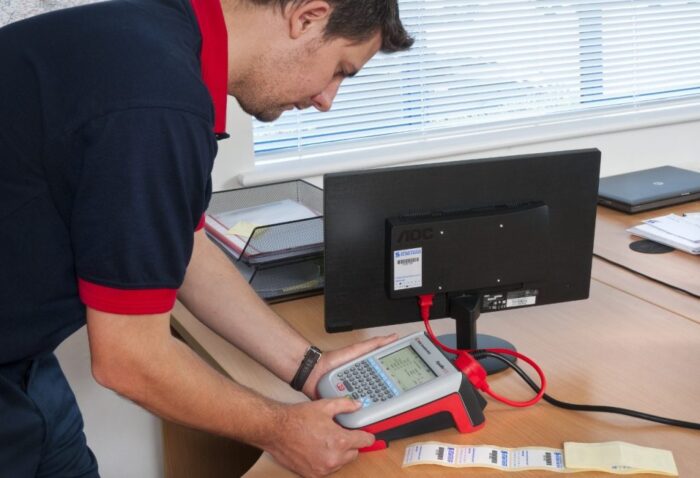
It would help if you did PAT testing on various appliances, not parts of fixed installation. Using a socket or plug or a flexible cable for power qualifies as a portable appliance.
Further, you can put all the electrical appliances with PAT testing into six categories:
- Fixed appliances: Electrical appliances linked with an electricity supply with permanently connected flex, like an electric oven, machine tool, or a hand dryer, are categorized as fixed appliances.
- Stationary appliances: Appliances you cannot move easily between locations, such as a washing machine or a fridge.
- Movable Appliances: Appliances that you can move among locations, but they must be plugged in, such as a Xerox machine or a printer.
- Handheld electrical appliance: Appliances that are portable and small to carry in hands, such as a game console, tablet, or smartphone.
- IT appliance: appliances in IT with firmware or software for computing like the keypad, power cable, or monitor.
- Cables, chargers, and wires: It is for any wire, lead, line, or charger linking to electronic plugs or items into the wall.
What Type Of Workplaces Need Testing?
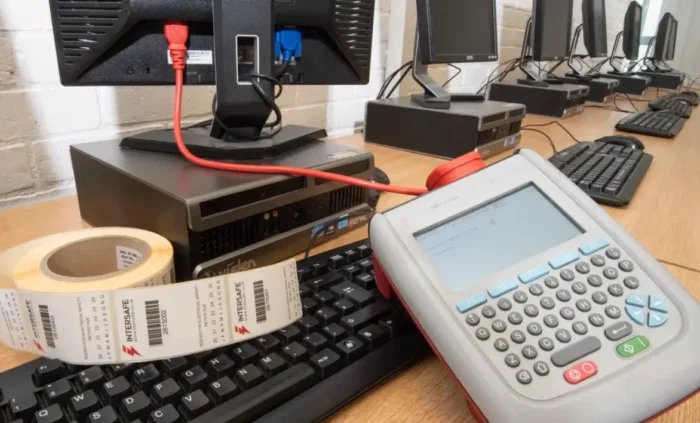
Although the testing is unnecessary, all workplaces must ensure that electrical equipment is maintained safely. All offices and work spaces need to legally ensure that the safety of employees and the general public is optimum.
Due to this reason, workplaces with electrical items benefit mostly from these tests. Even when you’re operating a small business with only a few basic electric items like laptops, electric kettles, lamps, etc., you must still check for the maintenance and safety of this equipment.
Some industries that can benefit from these tests are:
- Construction
- Industrial workplaces
- Commercial environments
- Hospitality
- Medical institutions or facilities
- Educational establishments
- Rental properties, both commercial and domestic rentals
- Any publicly accessible space.
- Workplaces at higher risk need more PAT testing processes with up-to-date records of the inspections.
Conclusion
Knowing the right legal needs for portable appliance testing can be tricky initially, as it is linked to various legislations. Still, no certain law determines if and when you should do it. Like most safety and health situations, if you’re responsible, then it is best to be cautious and have the suggested safety checks like PAT testing to keep the employees and the workplace safe.
















